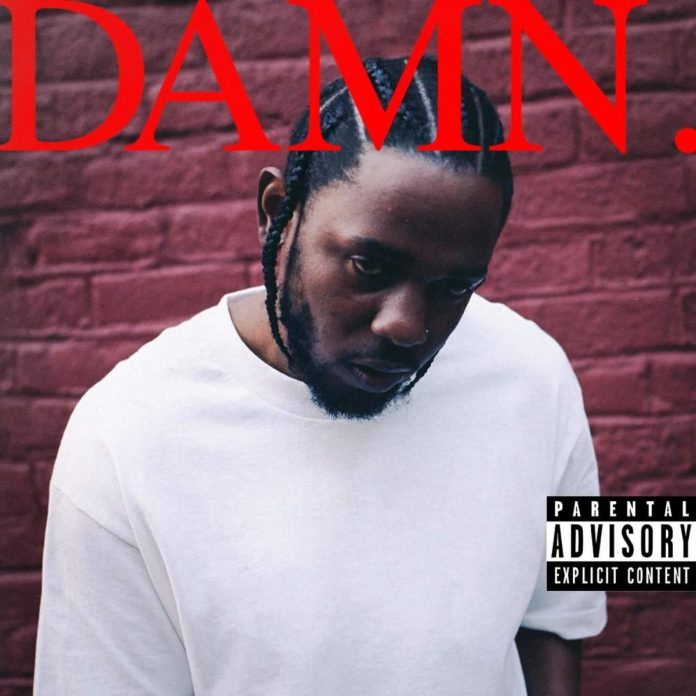As a follow-up to 2016’s Untitled Unmastered, Kendrick Lamar’s DAMN. manages to reconcile the two main aspects of the rapper’s catalogue. The record’s triumph as a narrative vehicle is almost, but not quite, dwarfed by Lamar’s triumph in understanding that he had alienated listeners with his previous two projects, and bringing them back into the fold with this one.
Where Good Kid, M.A.A.D City presented listeners with a conventional hip-hop record that unconventionally told a nuanced story of growing up in Compton, To Pimp A Butterfly, the rapper’s follow-up to his 2012 breakout record, told a more politically-charged story, that of African Americans disenfranchised in a political climate which normalized institutional discrimination.
It also placed that story against a backdrop of instrumentals influenced by free jazz and funk. To Pimp A Butterfly featured scattered pianos, bristling horns, and an overall palate that focused on a more organic approach to the record. Lyrically the record portrayed a man’s fraying confidence in the society around him as the reality of racial inequality ate away at his own identity and psyche. Lauded by many that had up until then ignored Duckworth’s music, To Pimp a Butterfly also alienated many long-time listeners with its unconventional delivery and critical standpoint.
DAMN. comes back to straightforward production, but leaves none of the political angst of its predecessor at the door.
On DAMN., Duckworth realizes that awareness of systemic inequality doesn’t negate his experience growing up in an impoverished neighbourhood, surrounded and informed by not only hatred, but ignorance as well. And often, Duckworth’s reaction towards that ignorance is filled to the brim with animosity.
“DNA” aims that dissatisfaction towards his own impulses. Throughout the record, the rapper toes the line between outrage at his own ignorance, as well as that of his country and peers, and a rampage fuelled just by that own ignorance. He muses at the end of the track, “Tell me when destruction gonna be my fate/… Peace to the world, let it rotate/Sex, money, murder — our DNA”
It’s as if despite the pedestal he’s been placed on as the golden-boy of the rap genre, Duckworth is adamant about pointing out that the same qualities that he’s revered for by one group (his legitimacy in speaking about gang affairs) are in direct contradiction to praise from listeners outside of the conventional rap audience. If anything, this record speaks to the disenfranchisement of many while maintaining a very personal, if fragmented narrative.
Songs like “XXX” affirm the duality of the record, especially when Duckworth despairs over giving advice to a grieving father. “He was lookin’ for some closure, hoping I could bring him closer to the spiritual.” A situation which Duckworth answers by saying, “I can’t sugarcoat the answer for you…/If somebody kill my son, that mean somebody gettin’ killed/…I’ll wait in front a nigga’s spot and watch him hit his block/I’ll catch a nigga leavin’ service if it’s all I got/I’ll chip a nigga then throw the blower in his lap/Walk myself to the court like, ‘Bitch, I did that.’”
And what can commentators on the sidelines say? Particularly now, a time during which it seems movements for social equality are being repressed by traditionally privileged groups, the struggle against institutionalized racism, Duckworth realizes, is one that has to push back against oppression, but just as importantly root the ignorance out of itself.
Although the answer to that problem still eludes many of us, DAMN. epitomizes the confusion and outrage that has poured itself out onto the streets of many of our communities in response to a presumed unwillingness by institutions to address systemic inequality at its core.
So far, it seems, we still have a ways to go.


